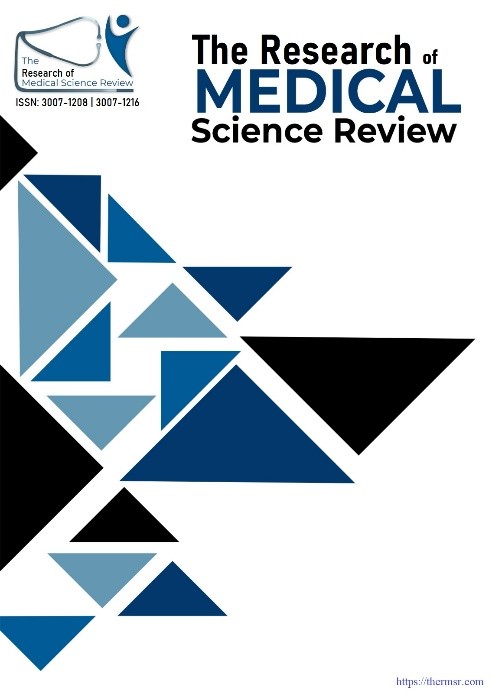IRON DEFICIENCY ANEMIA IN PREGNANCY AND POSTPARTUM PERIOD, DIAGNOSIS, AND TREATMENT: A CURABLE AND COMMON DISEASE
Main Article Content
Abstract
OBJECTIVE: To ascertain whether iron deficiency anemia is present, the effects of its severity, its consequences, diagnosis, and therapy.
STUDY DESIGN:The analytic descriptive study was for one year, from March 1, 2024, to March 1, 2025, 100 pregnant women from OPD who had iron deficiency in all trimesters of pregnancy were monitored till delivery and the postpartum period. The study was conduced at Shaikh Zayad women hospital larkana.
METHODOLOGY:100 women, aged 22-48y, who were pregnant or in labour pain, primigravida, multigravida,preterm (24-36 wks), and term (37-42 wks). Each item of data was examined using SPSS version 19, a statistical analysis tool. An independent t -test was applied to compare data of anemic pregnant women, while chi-square test was analyze categorical variables.
RESULT: 12% of the 100 patients who were chosen had mild anemia, 74% had moderate anemia, and 14% had severe anemia. Compared to those who did not receive any treatment, everyone who were seen in the emergency room or outpatient department (OPD) early in the first trimester for testing and treatment with oral or parenteral iron experienced fewer feto-maternal complications. Patients who were not scheduled showed up in worse shape and with more problems.
CONCLUSION: Iron deficiency anemia is a preventable, curable, and common medical condition. Early detection and treatment reduce complications, but untreated pregnant women face life-threatening conditions. Proper antenatal testing and proper treatment are crucial for improved fetal outcomes.
Downloads
Article Details
Section

This work is licensed under a Creative Commons Attribution-NonCommercial-NoDerivatives 4.0 International License.
